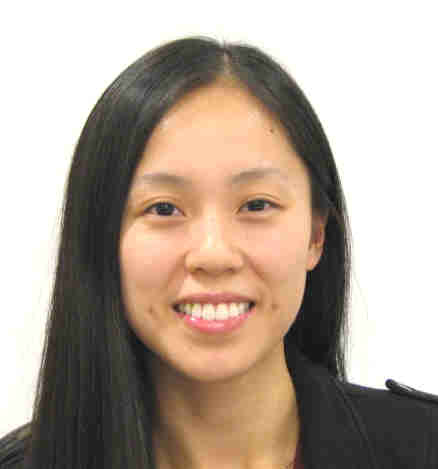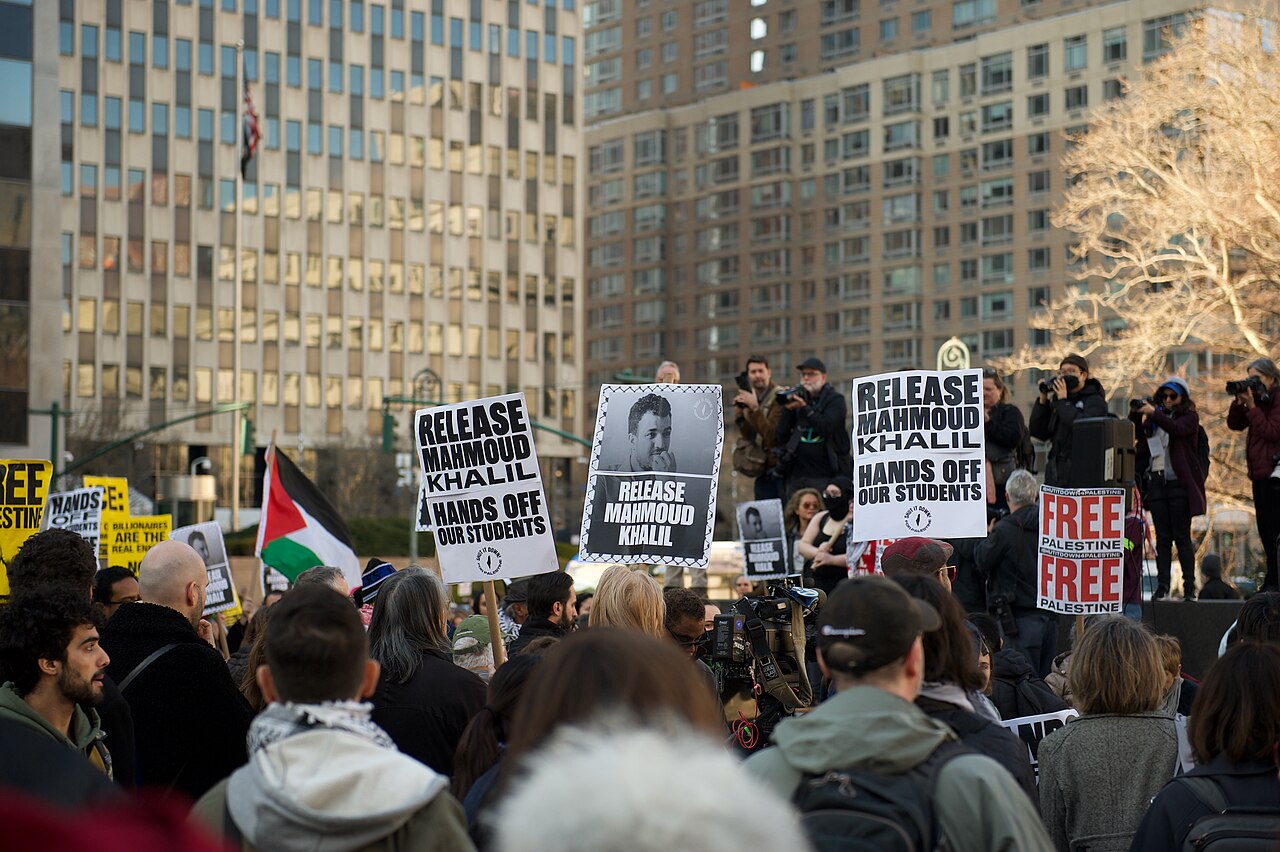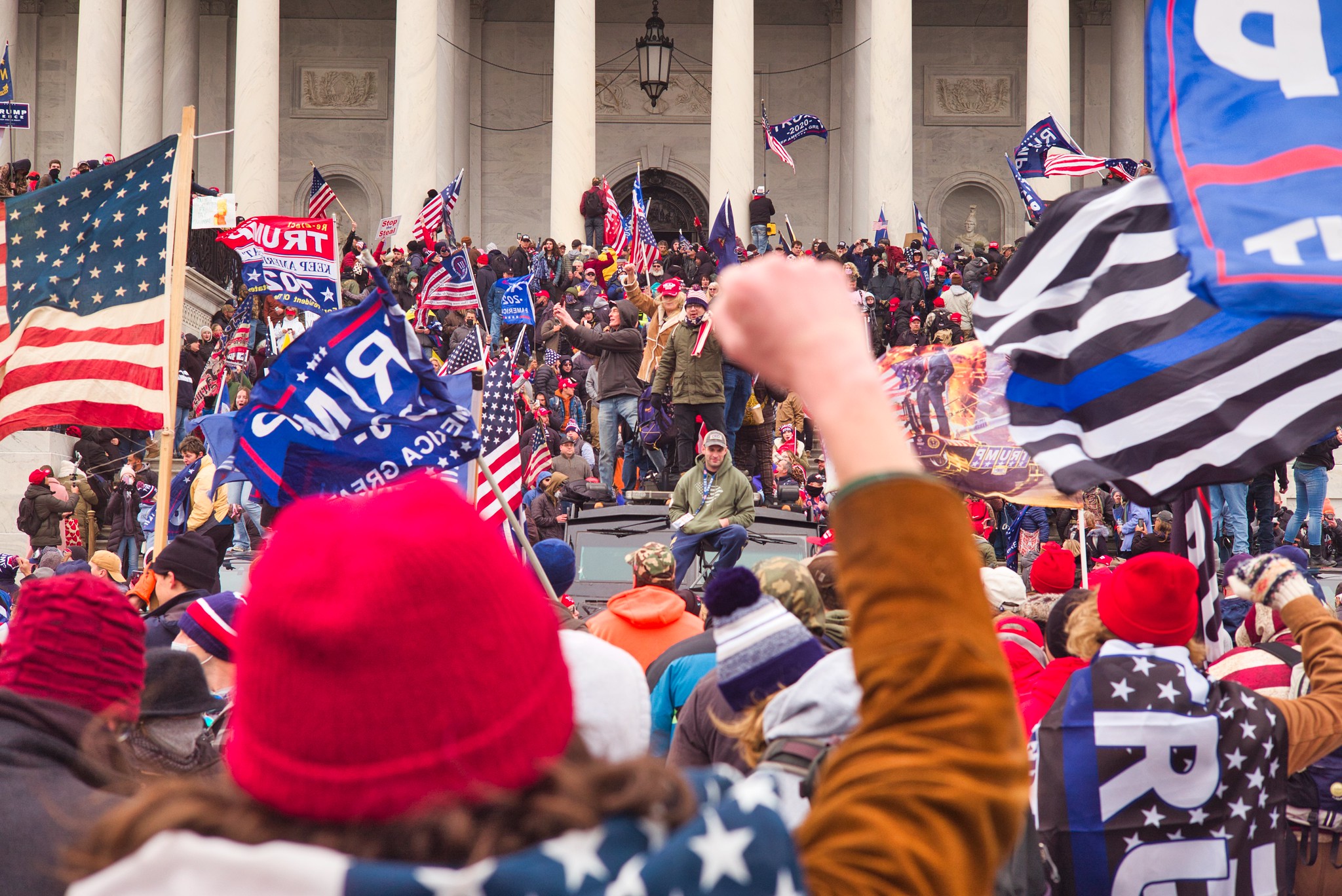Yesterday in <em>U.S. v. Tsarnaev</em>: Prosecution Witnesses
With opening statements made, prosecutors in the capital case against Dzhokhar Tsarnaev commenced their presentation of evidence. An overview of the day’s testimony---which spanned some of the morning and all of the afternoon---follows below.
Morning Session
Taking the witness stand first was Thomas Grilk, Executive Director of the Boston Athletic Association, which organizes the Boston Marathon each year. Prosecutor William Weinreb started his examination slowly, gradually teasing out the mechanics and magnitude of the Boston Marathon.
Published by The Lawfare Institute
in Cooperation With

With opening statements made, prosecutors in the capital case against Dzhokhar Tsarnaev commenced their presentation of evidence. An overview of the day’s testimony---which spanned some of the morning and all of the afternoon---follows below.
Morning Session
Taking the witness stand first was Thomas Grilk, Executive Director of the Boston Athletic Association, which organizes the Boston Marathon each year. Prosecutor William Weinreb started his examination slowly, gradually teasing out the mechanics and magnitude of the Boston Marathon. Among other things, Grilk described the history of the marathon, its close connection to Patriots Day, the demographic makeup of the roughly 27,000 runners that participate each year, and the route the marathoners took as they made their way to finish line at Boylston Street in Boston. The first exhibits to be submitted were images of the Boylston Street finish line and the surrounding area on Marathon Monday in 2013, before the bombs went off. Next were aerial diagrams of the several blocks leading up to the finish line; Grilk identified certain stores and major structures along this path.
And then came Exhibit 5, a soundless video clip showing runners crossing the finish line as the two pressure cooker bombs went off. When asked what happened after the blast, Grilk wavered for the first time in his testimony, seemingly struggling to find the words.
The defense made quick work of cross-examination, asking only a few pointed questions getting at just how well Grilk was able to vouch for the accuracy of the aerial diagrams’ depictions of the blocks leading up to the finish line.
Up second was Shane O’Hara, the store manager of Marathon Sports, located near the finish line where Tamerlan placed the first pressure cooker bomb. Weinreb got straight to the point, showing the jurors videos and images of O’Hara reacting to the blast. O’Hara described at first trying to usher people into the store and then going out to respond to cries for help. Grabbing clothes off the hangers, O’Hara rushed outside to use them for tourniquets on the injured, to staunch the flow of blood. He described as haunting the decisions he had to make about who to help, who was the most hurt. It was like a scene straight out of Saving Private Ryan, O’Hara remarked, and the streets smelled like burning hair. The defense opted not to cross-examine O’Hara.
Jurors gave little away during the opening statements and testimonies of the first two witnesses.
Afternoon Session
Recess over, Judge George O’Toole dealt with an evidentiary issue, before permitting prosecutors to call their first witness for the afternoon: Colton Kilgore, a video production specialist from North Carolina. Kilgore explained his background in a pleasant southern tone, telling the jury that he was at the 2013 Boston Marathon to support his mother-in-law, Mona, a participant in the race. Kilgore and his family stood at the finish line and took a number of photos and videos, he said. With this, prosecutors present a video that Kilgore took, one showing an panoramic view of the finish line. Kilgore explains the scene.
Then things got graphic, owing to the government’s next exhibit. The latter, Kilgore explained, was a video he took immediately after the bomb went off. The soundless footage is jumpy, but it shows smoke, chaos, confusion, and a sidewalk covered with blood. Small ball bearings, bb’s, and other types of shrapnel can be seen strewn all over the asphalt. The camera pauses on what once was the leg of Gina, Kilgore’s sister-in law. The image prompts several people in the room gasp and, others to bring out handkerchiefs and dab their eyes. The defense had no questions for Kilgore.
Next Rebekah Gregory took the stand. A woman from Houston, Texas, she had come with her five-year-old son and then boyfriend, to see his mother run the Boston marathon. She recalled smiling and celebrating one moment and then flying through the air the next: the explosion knocked her off her feet. There was chaos and carnage after the explosion, she said, as she desperately looked for her son and, after finding him, tried to comfort him. Her injures were severe. Gregory told the jury that after the explosion her leg “bones were literally lying next to [her] on the sidewalk.” Even after seventeen surgeries her leg function was not restored; Gregory’s eighteenth surgery was to amputate her leg. And she still has embedded in her numerous pieces of shrapnel, a constant reminder of that infamous day. Finally, Weinreb asked if Gregory knew who Krystle Campbell is. She answered no--- not at the time. But the witness explained that she saw a clearly dead woman nearby, and later on learned that this person was Campbell. As before, defense lawyers opted not to cross-examine.
Then came Sydney Corcoran, a sophomore college student from Lowell, Massachusetts but at the time of the attack a high school senior. She was at the marathon to support her aunt who was running. She described the harrowing ordeal: one second cheering on her aunt and the next second flying through the air from the shockwave of the explosion. After this she got up and struggled over to a picket fence, where she then collapsed and blacked out. Upon coming to, Corcoran testified, she observed several men working feverishly on her, trying to save her life. She recalled that they looked panicked and shouted that she was “critical,” and described being wheeled to the medical tent---where others recognized that her injuries called for immediate, extensive hospital treatment.
At the hospital, Corcoran said, the full extent of her injuries were made known to her: Her femoral artery was severed, she had a hole clean through her foot, and the blood loss from these injuries meant that she was only minutes from death. Luckily, the hospital surgeons were able to save her life.
The final witness for the day was Karen McWatters, a resident of Somerville, Massachusetts. She had gone to the marathon with her close friend Krystle Campbell who, as explained above, was one of the fatalities. McWatters explained that they were at the marathon just for fun and moved closer to the finish line in order to get a better view. She then described the events leading up and immediately after the explosion, telling the jury that her foot was made “sideways.”
She then gave what was perhaps the saddest and most disturbing testimony of the entire afternoon. After crawling over to find Campbell, McWatters asked Campbell if she was okay. Campbell replied that her legs hurt. That would be the last thing Campbell would say to anyone as she soon passed away, her hand becoming limp in the hands of McWatters. McWatters then explained a tragic mix-up. After being loaded into an ambulance, a worker had handed her Campbell’s cellphone. Because of the phone, the hospital staff believed that McWatters was Campbell and, as a result, Campbell’s entire family arrived at the hospital only to find out that it was McWatters who had survived and not Campbell. McWatter’s testimony has a profound effect, causing several in the room to sigh and dab their eyes.
After she was excused, Judge O’Toole adjourned for the day.
Jodie C. Liu formerly researched national security issues at the Brookings Institution as a Ford Foundation Law School Fellow and has worked at the Open Society Foundations in Budapest, Hungary. She graduated magna cum laude from Harvard Law School in 2015 and summa cum laude from Columbia College in 2012, with honors in economics.




.jpg?sfvrsn=d5e57b75_5)
